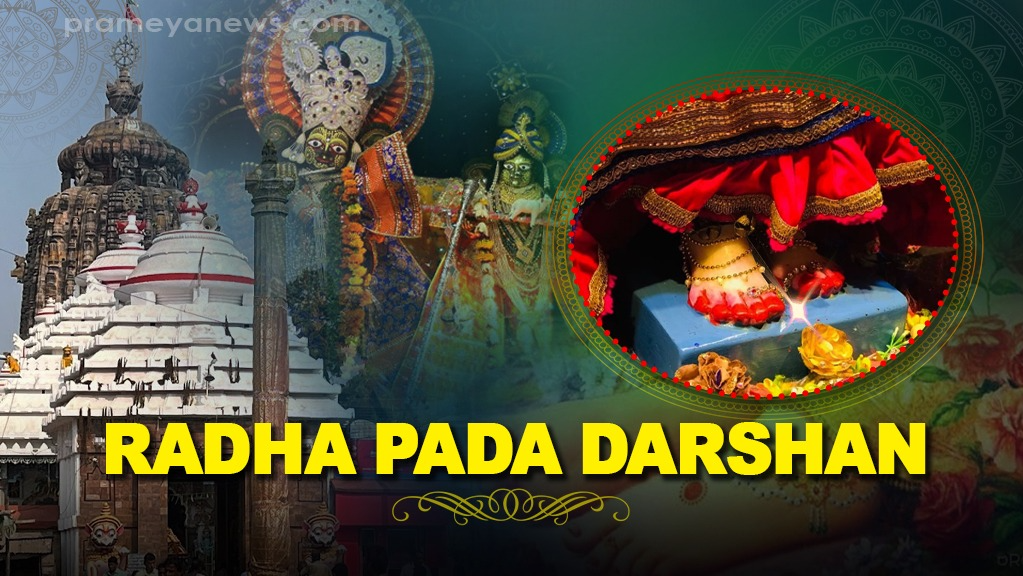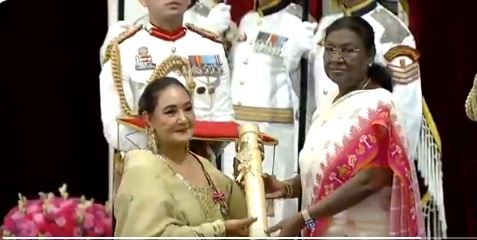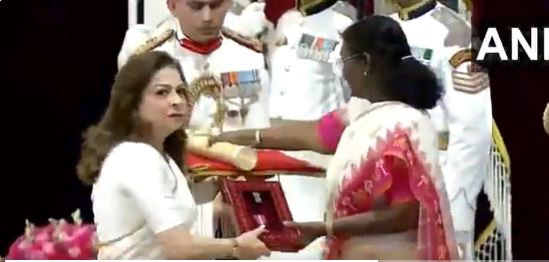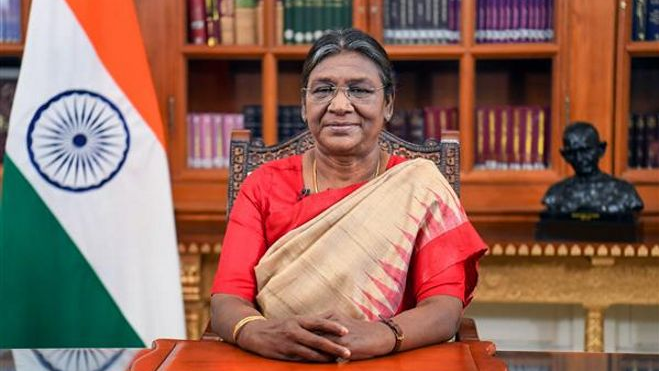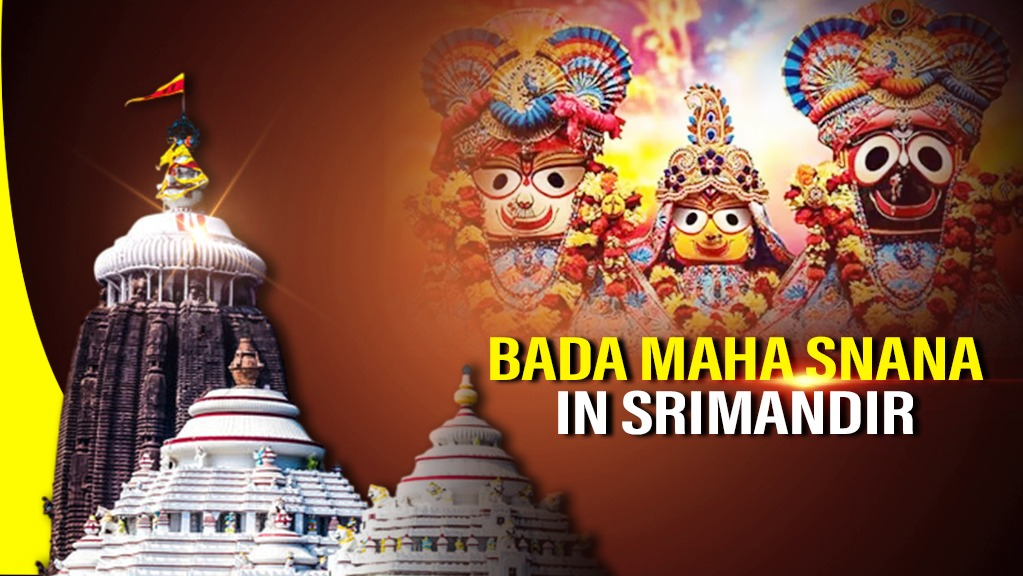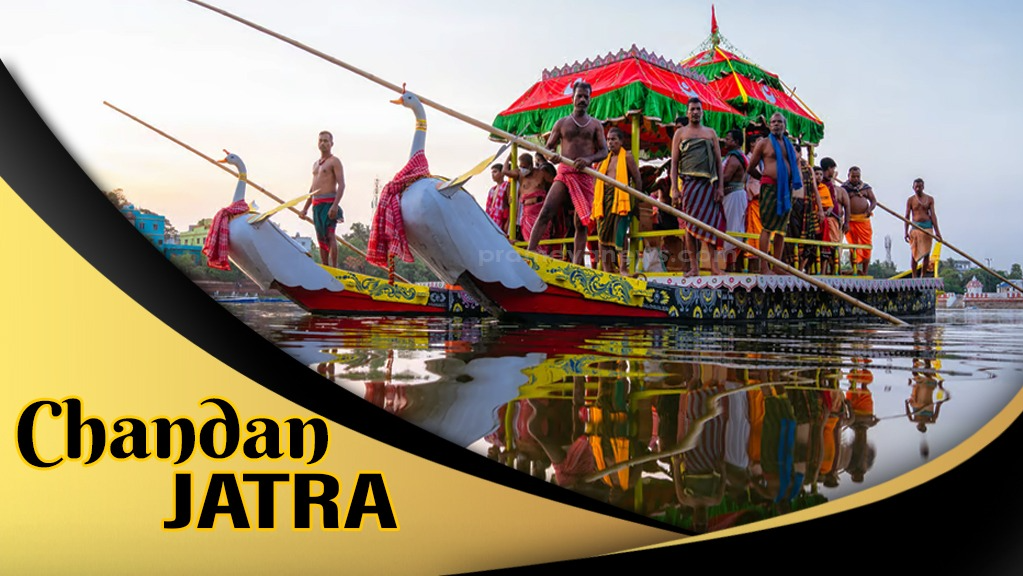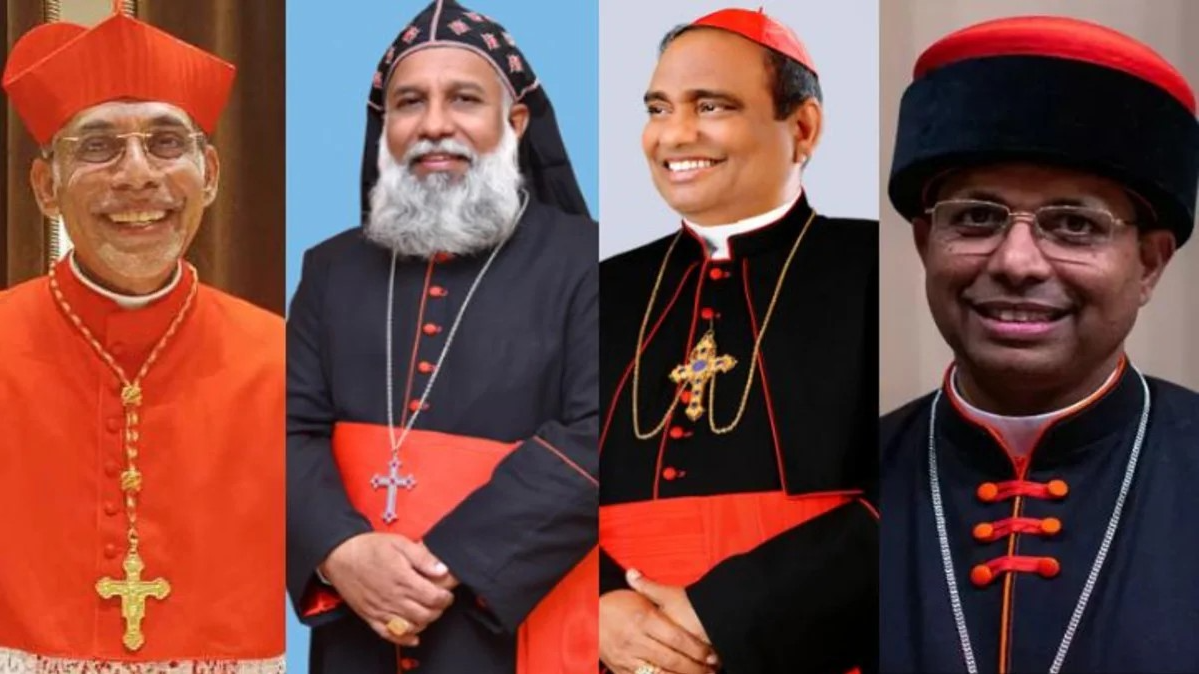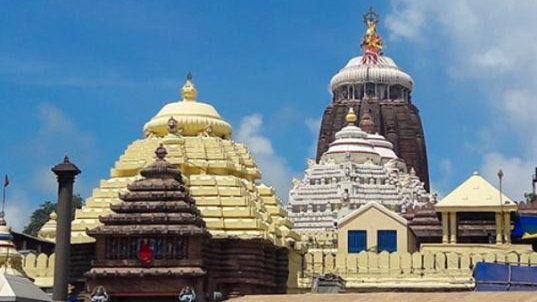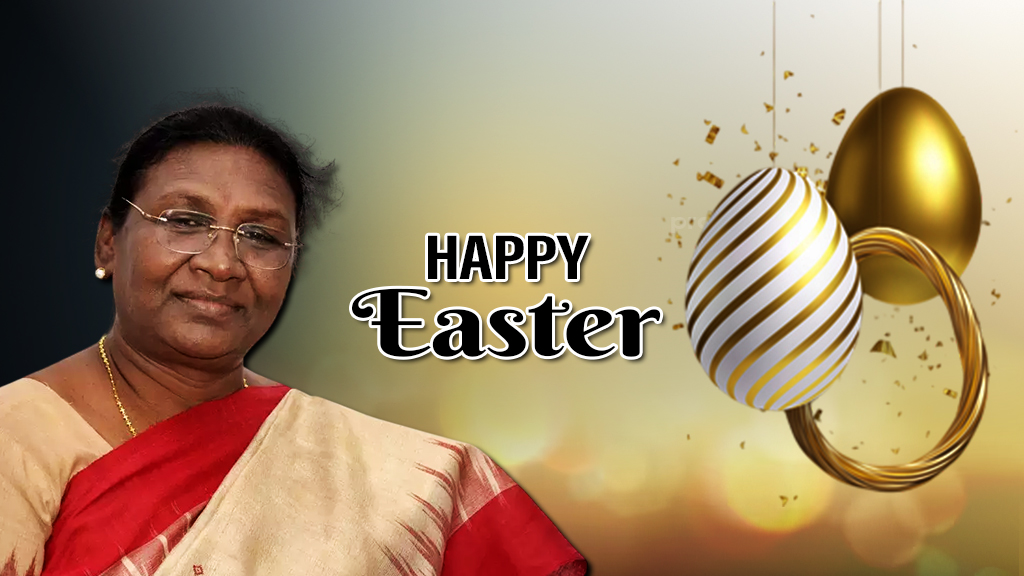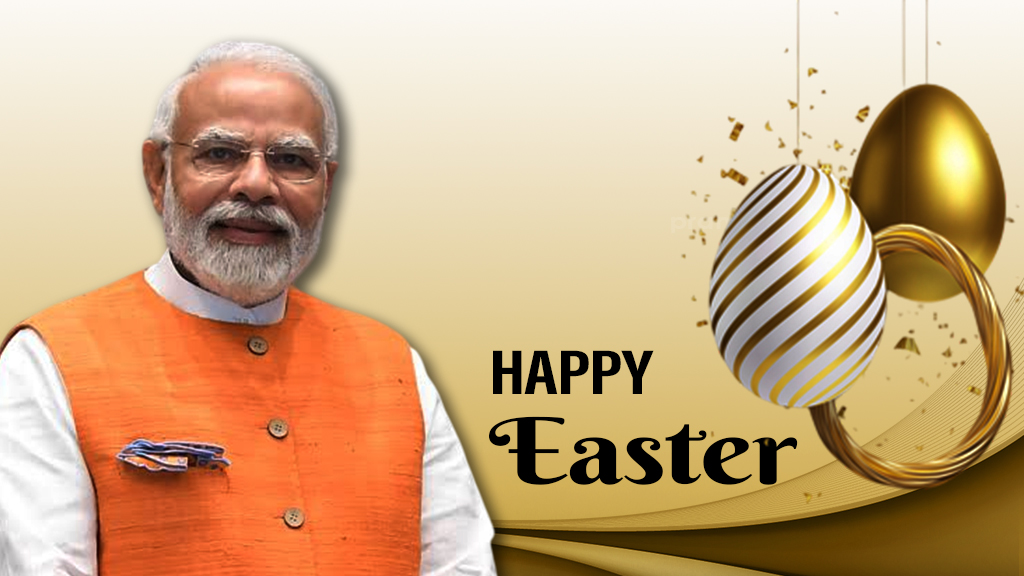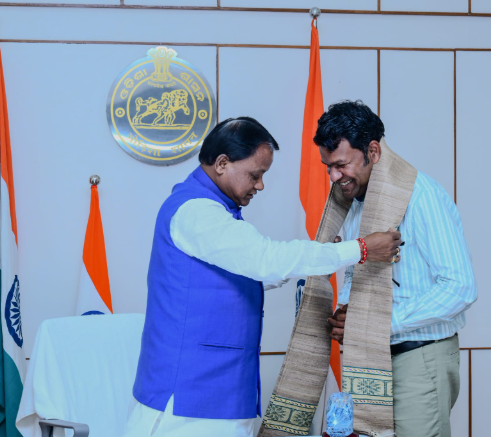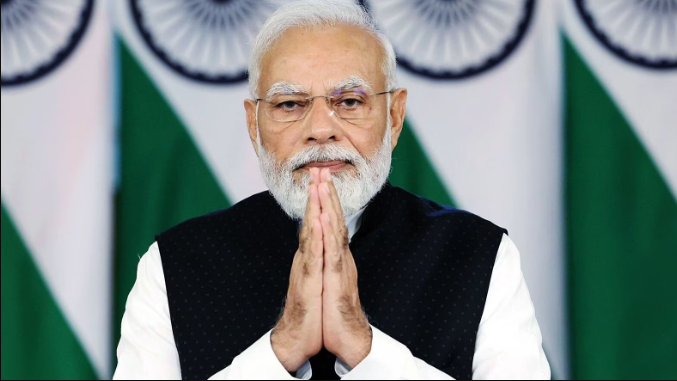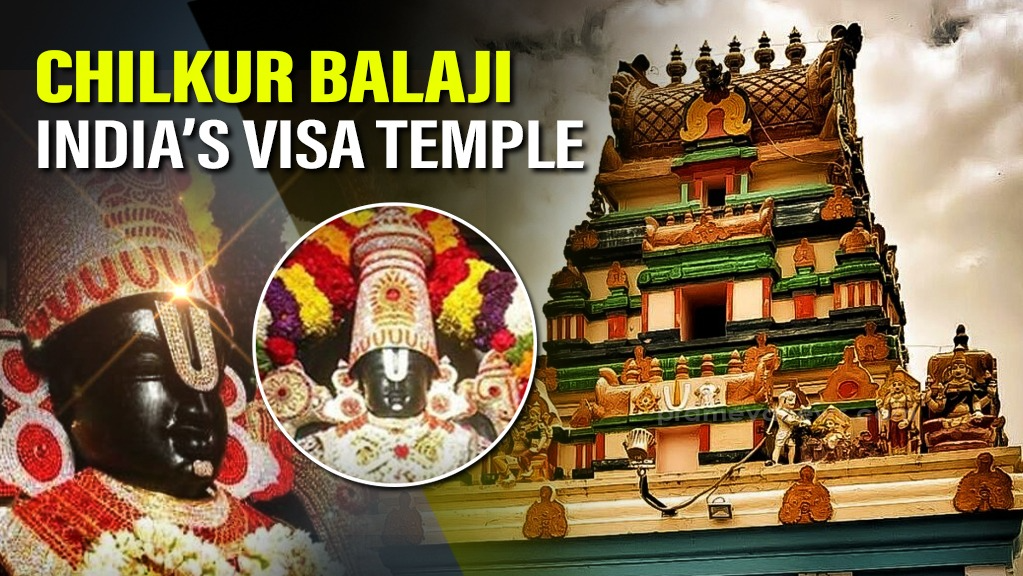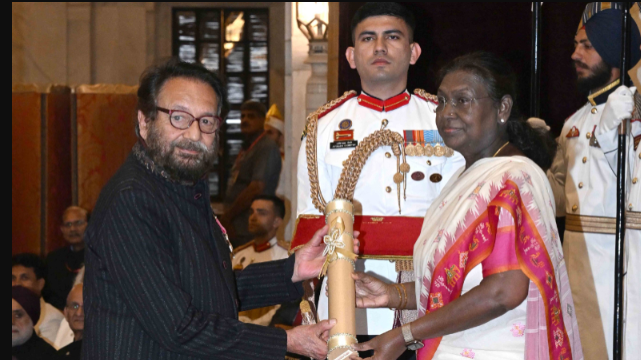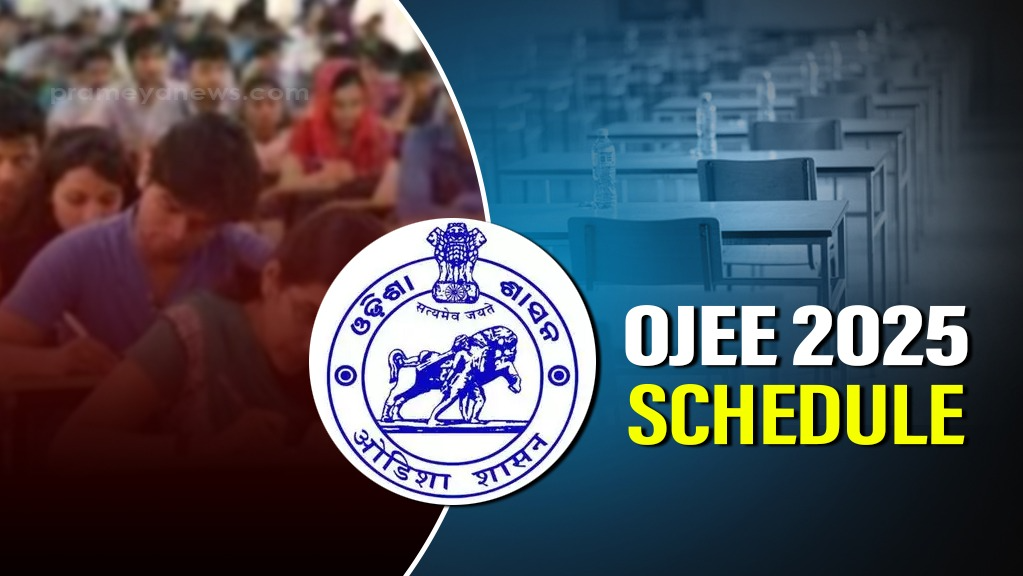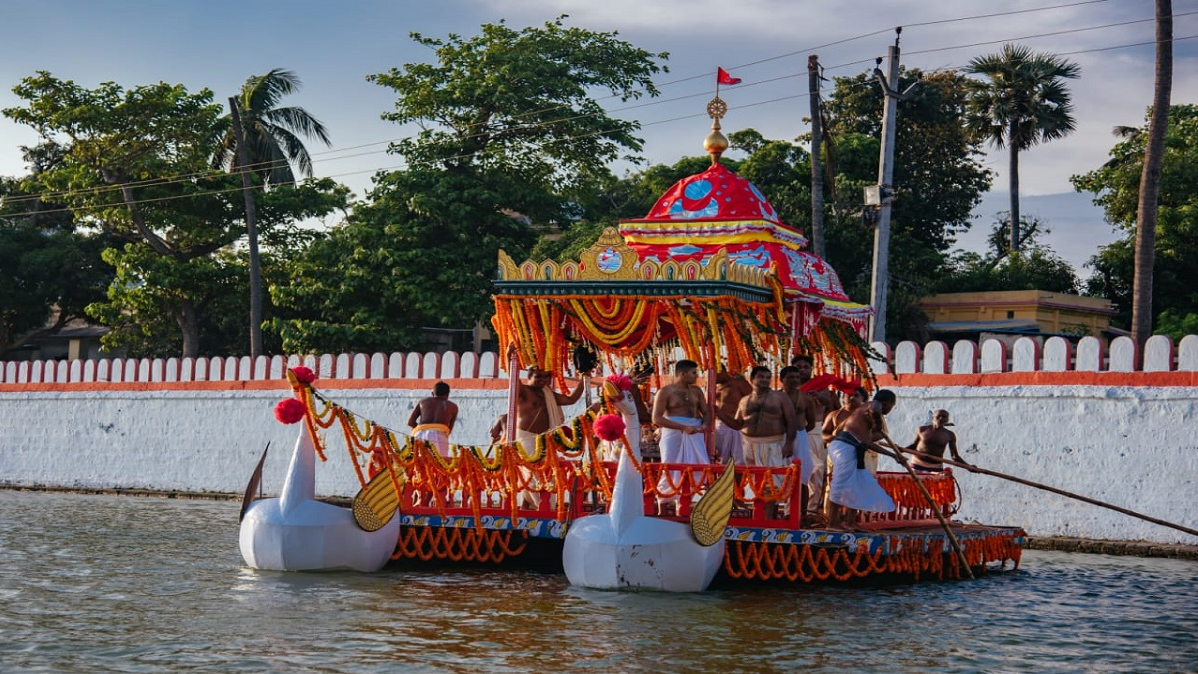The month of Kartik holds a special place in the hearts of the people of Odisha, a time when the air is thick with devotion and the land resonates with ancient rituals. Among the most cherished observances is Anla Navami, a festival intertwined with the divine love story of Radha and Krishna, culminating in the rare and sacred darshan of Radha's feet.
Journey with us as we explore the rich tapestry of Anla Navami and Radha Pada Darshan, uncovering the legends, rituals, and spiritual significance that make this festival a beacon of devotion and a pathway to liberation.
Essence of Anla Navami
Anla Navami, celebrated on the ninth day of the bright fortnight of Kartik, is dedicated to the worship of the Anla tree (Indian gooseberry). This sacred tree, revered as the embodiment of the divine union of Radha and Krishna, holds a profound connection to the festival.
Legend of the Anla Tree
According to the Kartik Purana, the Anla tree's origin is linked to Vrinda, a devoted servant of Lord Vishnu. Upon her death, Vrinda was transformed into three holy plants: Malati, Tulasi, and Anla. These plants are particularly venerated during the month of Kartik, with the Anla tree symbolizing the sacred union of Radha and Krishna.
The story further narrates that Lord Vishnu, mourning Vrinda's loss, applied the ashes from her pyre to his body. This act led the deities to seek help from Maa Parvati, who, with the assistance of Lakshmi and Saraswati, blessed them with the seeds of the three sacred plants. These seeds, planted at the site of Vrinda's pyre, manifested into the sacred Anla, Tulasi, and Malati plants. These plants were then sent to Vishnuloka as blessings for Vrinda's soul.
Thus, the Anla tree holds a central position during Anla Navami, representing both Lord Krishna and Maa Radha, and is worshipped with reverence by devotees. This deep connection with the spirit of the festival stems from the belief that the Anla tree possesses divine powers, bringing blessings and protection to all who venerate it.
Significance of Radha Pada Darshan
Anla Navami is also marked by the unique and deeply auspicious ritual of Radha Pada Darshan at the Sakhigopal Temple in Odisha. On this day, devotees are granted the rare and sacred opportunity to view the feet of Maa Radha, a sight typically veiled from public view throughout the year.
This darshan is laden with spiritual meaning, symbolizing the path to moksha (liberation) and offering blessings to those who participate. The act of worshipping Radha's feet represents a deep spiritual connection, signifying surrender to divine love and the pursuit of union with the divine.
The Odiani Besha: A Divine Attire
During Radha Pada Darshan, Maa Radha is adorned in the Odiani Besha, a traditional attire that holds great religious significance. This unique and sacred attire, worn at the Sakhigopal Temple during special occasions, especially on Anla Navami, reflects the spiritual connection between Maa Radha and Lord Krishna.
The Odiani Besha is a beautiful representation of Odia culture and ritualistic practices. Typically consisting of an intricate arrangement of golden and red fabrics, embellished with ornaments, this attire represents the divine and royal status of Maa Radha. It symbolizes her grace, beauty, and spiritual purity, adorned with mangalsutras, necklaces, and earrings made of precious materials.
The besha is further enhanced with decorative jewels and flowers, amplifying the sanctity of the occasion. It not only showcases Radha's beauty but also signifies her mystical role in the divine play of love and devotion with Lord Krishna. In essence, the Odiani Besha is a tribute to the divine consort, Maa Radha, and reflects the eternal bond between her and Krishna.
Love of Radha and Krishna
The love story of Radha and Krishna is the cornerstone of Anla Navami and Radha Pada Darshan. As described in the Bhagavata Purana, Radha's love for Krishna is unparalleled. Even though Krishna is the Supreme Lord, it is Radha who embodies the highest form of devotion, and it is her love that conquers even him.
This transcendental love forms the essence of Radha Pada Darshan, where devotees, through sincere worship, connect with the divine and experience the essence of true devotion.
Rituals and beliefs
On Anla Navami, married women offer sacred items such as conches, red bangles, sacred threads, vermilion, and diyas as prayers for the well-being and longevity of their husbands. This act is considered deeply auspicious, strengthening the bond of love and devotion between couples, echoing the divine love of Radha and Krishna.
The act of worshipping Radha's feet is more than a physical ritual; it represents a deep spiritual connection. The Gita Govinda by Jayadeva beautifully articulates the love and devotion of Radha for Krishna as the purest form of Bhakti (devotion). In this text, Krishna himself is described as being captivated by Radha's devotion, and their eternal union symbolizes the highest spiritual goal.
Path to Liberation
The Vishnu Sahasranama, a revered scripture that lists a thousand names of Lord Vishnu, emphasizes Radha's supreme role as the embodiment of devotion. It is through Radha's love that one can approach the divine, and this is central to the philosophy of Radha Pada Darshan. The festival, with its focus on the sacred feet of Radha, allows devotees to spiritually connect with the divine couple and experience the depth of their love.
As devotees gather at the temple, they are reminded of the profound spiritual truths embedded in the rituals. The mere sight of Radha's feet is said to purify the soul and open the path to eternal bliss, reinforcing the belief that through sincere devotion, one can attain liberation and union with the divine.
Radha Pada Darshan is more than just a festival; it is a spiritual journey, a reminder of the eternal love between Radha and Krishna. It encapsulates the very essence of Bhakti—surrendering to divine love, and through devotion, attaining liberation. With scriptural references and rich traditions supporting its significance, Anla Navami and Radha Pada Darshan provide devotees with an opportunity to experience the divine presence of Radha and Krishna, seeking their blessings for both spiritual and worldly prosperity.
The rare opportunity to witness Radha's divine feet on this sacred day serves as a reminder of the eternal power of devotion, love, and grace that transcends all boundaries and unites the devotee with the divine.








